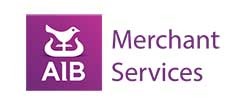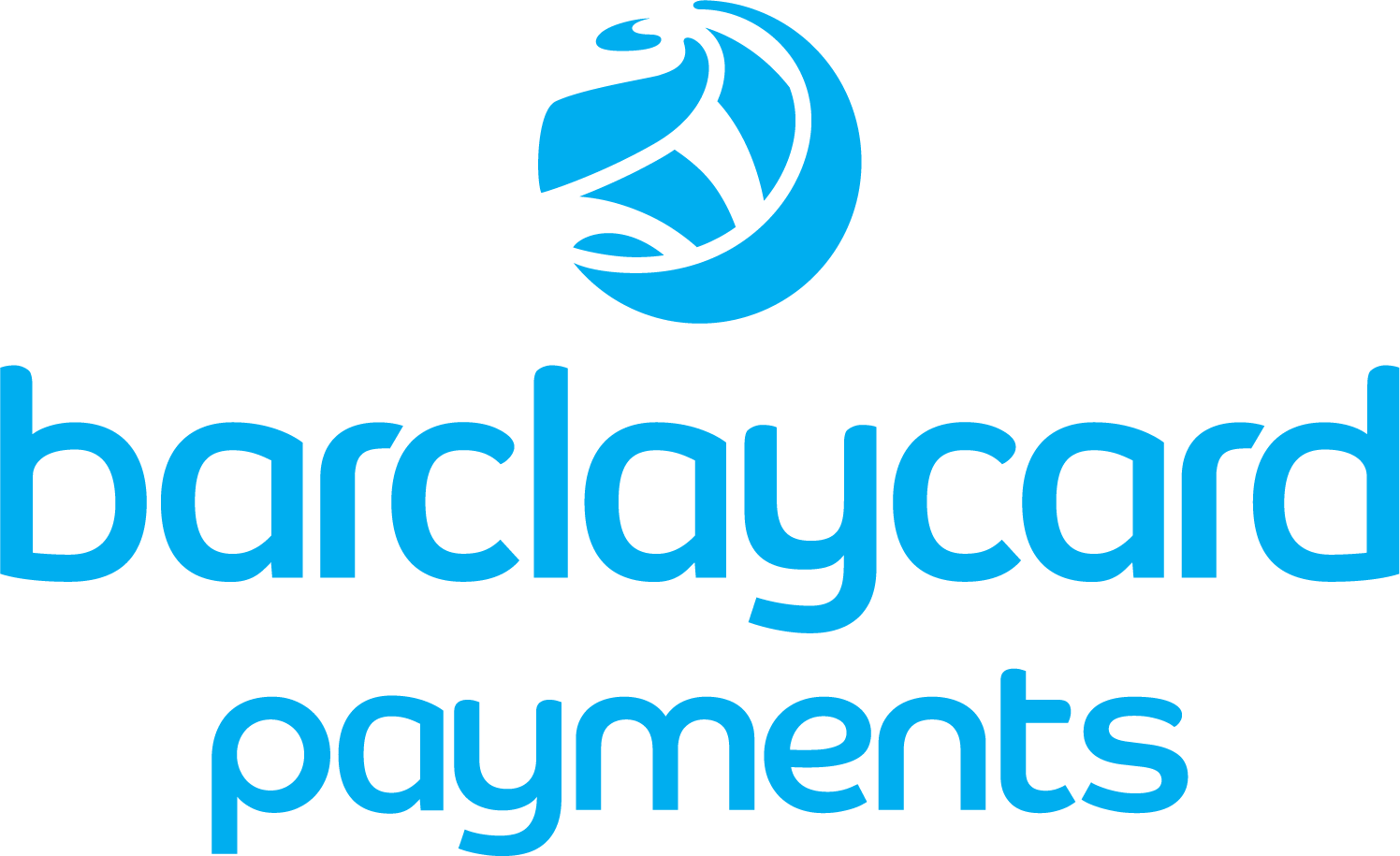Compare Card Payment providers the Easy way
- Direct access to the best rates from the UK leading providers
- One enquiry – all the information you need
- Avoid Lead Generation websites
- We don’t sell your data to anyone
- Rates from 0.26%
- Minimise your card payment processing fees





We're rated Excellent on
The Best Practices for Taking Payments Online Securely and Efficiently
In today’s digital-first economy, businesses must offer seamless and secure online payments to stay competitive. Whether you run an eCommerce store, a subscription service, or a freelance business, accepting online payments efficiently can enhance customer loyalty, save time, and boost revenue.
This guide explores the best practices for taking payments online, covering payment methods, security, transaction fees, and choosing the right payment service provider for your UK-based business.
Why Secure and Efficient Online Payments Matter
Before diving into best practices, let’s understand why optimising your payment process is crucial:
-
Customer Experience: A smooth payment process reduces cart abandonment.
-
Security: Protecting customer data builds trust and ensures compliance.
-
Flexibility: Offering multiple payment options (e.g., credit and debit card, Apple Pay, Google Pay) caters to different customer preferences.
-
Cost Efficiency: Understanding transaction fees and choosing the right payment provider can reduce overheads.
Now, let’s explore how to accept payments online securely and efficiently.
1. Choose the Right Payment Methods
Customers expect flexibility in how they pay. The most common online payment options include:
Credit and Debit Card Payments
-
Card payments online remain the most popular method.
-
Ensure you accept all major card providers (Visa, Mastercard, Amex).
-
Use a payment gateway to securely process card details.
Digital Wallets (Apple Pay & Google Pay)
-
Apple Pay Google Pay offer fast, contactless payments with high security.
-
Ideal for mobile shoppers.
Direct Debit & Bank Transfers
-
Useful for recurring payments (subscriptions, memberships).
-
Requires access to customers’ bank accounts.
Payment Links
-
Send a secure link via email/SMS for one-off payments.
-
Great for service-based businesses.
Buy Now, Pay Later (BNPL)
-
Options like Klarna or Clearpay can increase conversions.
Offering multiple payment types ensures you cater to all customers.
2. Select a Reliable Payment Service Provider
Your payment provider plays a crucial role in security, fees, and efficiency. Key considerations:
Payment Gateway vs. Payment Processor
-
A payment gateway securely transmits payment details between your website and the acquiring bank.
-
A payment processor handles the transaction, moving funds from the card issuer to your business bank account.
Merchant Account vs. Payment Facilitator
-
A merchant account is a dedicated business account for receiving funds (best for high-volume businesses).
-
A payment facilitator (like Stripe or PayPal) lets you accept card payments online without a dedicated merchant account.
Key Features to Look For
-
Fraud prevention tools
-
Support for subscription payments
-
Low transaction fees (compare fixed fee vs. percentage-based pricing)
-
Compatibility with your eCommerce platform
Popular UK providers include Stripe, PayPal, Square, and Worldpay.
3. Ensure PCI DSS Compliance & Strong Security
Handling customers’ banking information requires strict security measures.
PCI DSS Compliance
-
The Payment Card Industry Data Security Standard (PCI DSS) is mandatory for businesses accepting card payments.
-
Ensures safe handling of card details.
Tokenisation & Encryption
-
Replaces sensitive payment information with a token, reducing fraud risk.
-
End-to-end encryption secures data during transactions.
Two-Factor Authentication (2FA)
-
Adds an extra layer of security for logins and transactions.
Anti-Money Laundering (AML) Checks
-
Helps detect and prevent fraudulent transactions.
4. Optimise the Checkout Process
A clunky checkout leads to failed payments and lost sales. Best practices:
One-Page Checkout
-
Minimise steps to complete a purchase.
Guest Checkout Option
-
Not all customers want to create an account.
Auto-Fill & Saved Payment Details
-
Speeds up repeat purchases.
Mobile Optimisation
-
Over 50% of online purchases happen on mobile—ensure smooth debit card payments online on all devices.
Clear Pricing & No Hidden Fees
-
Unexpected costs are a top reason for cart abandonment.
5. Manage Transaction Fees & Costs
Taking online payments isn’t free—understanding fees helps maximise profits.
Common Fee Structures
-
Percentage + Fixed Fee (e.g., 1.4% + 20p per transaction).
-
Monthly Subscription (flat rate for unlimited transactions).
-
Interchange Fees (charged by card issuer).
Reducing Costs
-
Use direct debit payments for lower fees on recurring transactions.
-
Avoid high-risk payment methods with excessive charges.
6. Handle Failed & Recurring Payments Smoothly
Failed Payments
-
Send automated reminders for expired cards.
-
Offer alternative payment options.
Recurring Payments
-
Use a payment solution that supports subscription payments.
-
Notify customers before charging their credit or debit cards.
7. Offer In-Person & Contactless Payments
If your business operates offline too:
-
Use a point of sale (POS) system that syncs with online sales.
-
Accept contactless payments via mobile readers (e.g., Square, SumUp).
8. Maintain Customer Trust & Transparency
-
Display security badges (SSL, PCI DSS).
-
Provide clear refund policies.
-
Never store unnecessary customer data.
Final Thoughts
Taking payments online securely and efficiently requires the right payment methods, a trusted payment service provider, robust security, and a smooth checkout process. By following these best practices, UK businesses can accept payments online with confidence, reduce transaction fees, and enhance customer loyalty.
Next Steps
-
Compare payment providers for the best rates.
-
Optimise your checkout for higher conversions.
-
Train staff on fraud prevention and money laundering checks.
By implementing these strategies, your business can accept credit and debit card payments, direct debit payments, and digital wallet transactions seamlessly—keeping customers happy and transactions secure.
